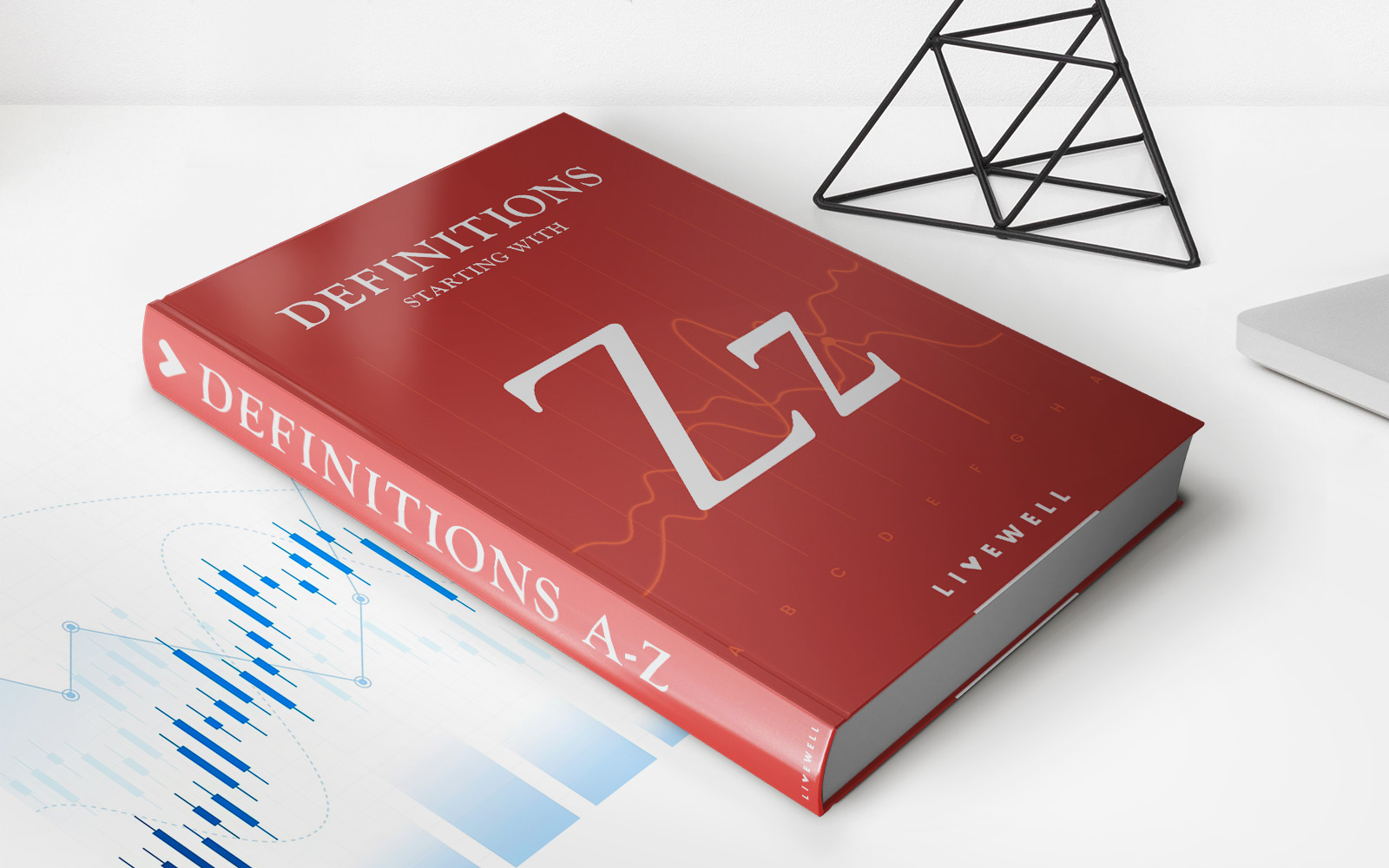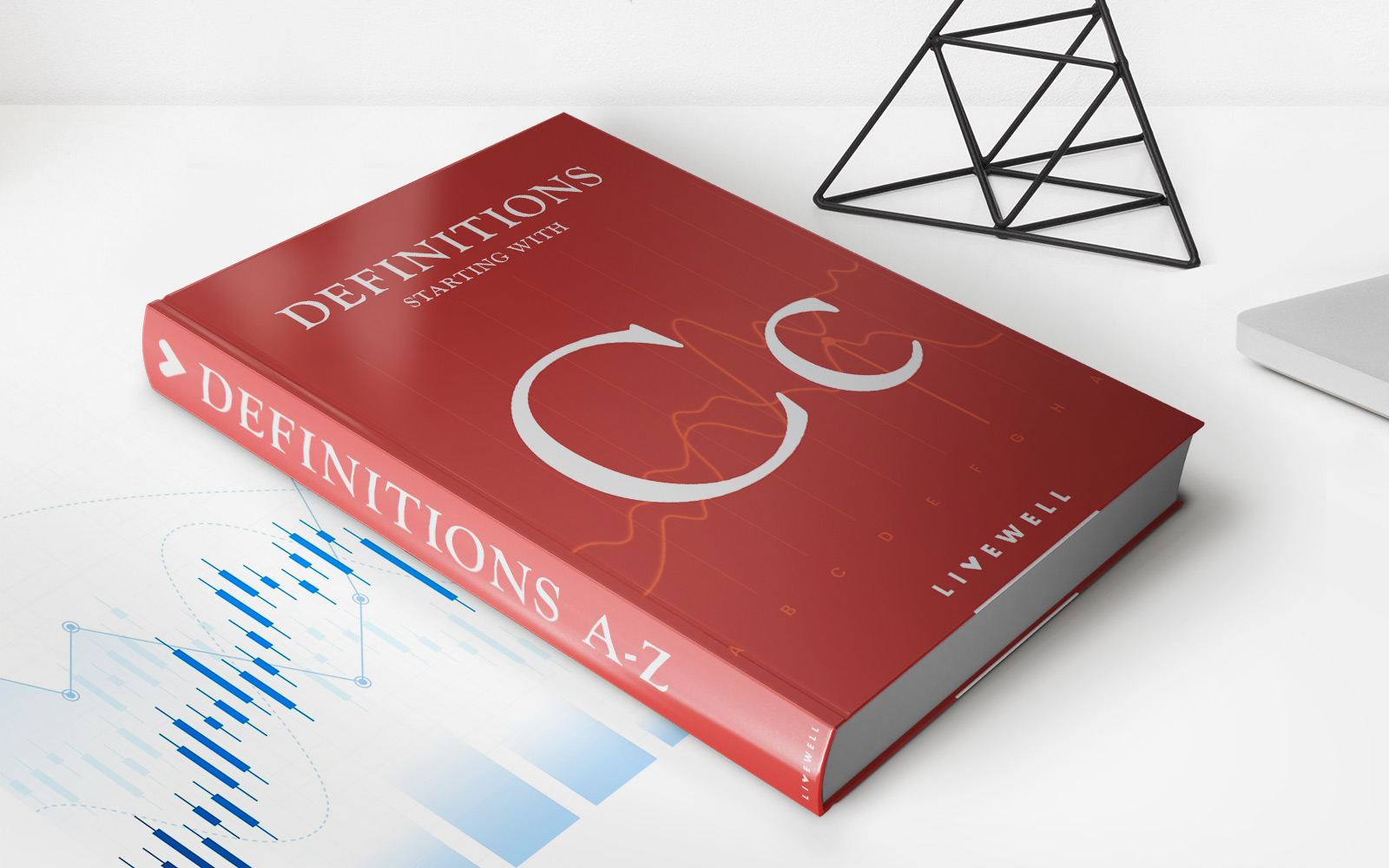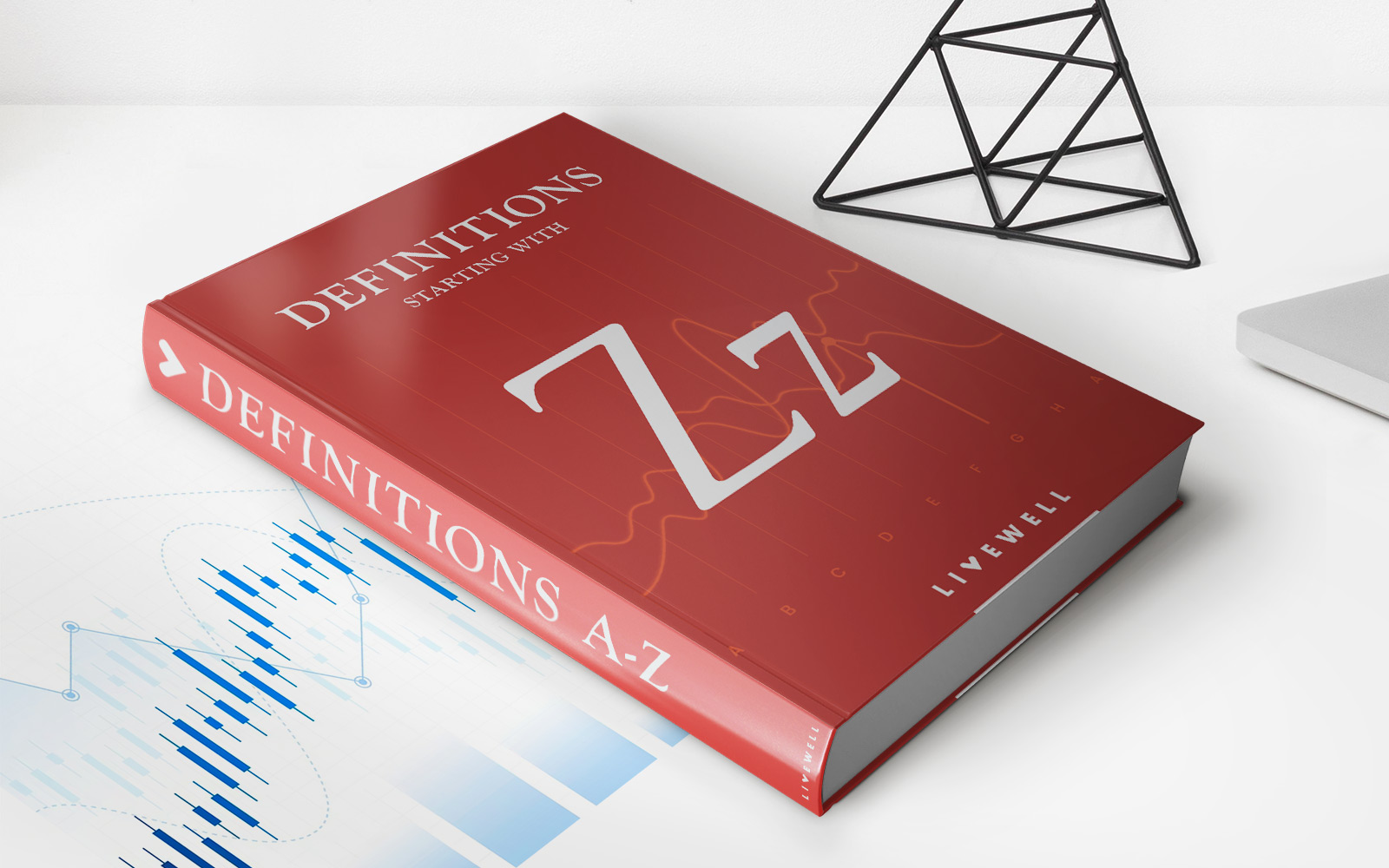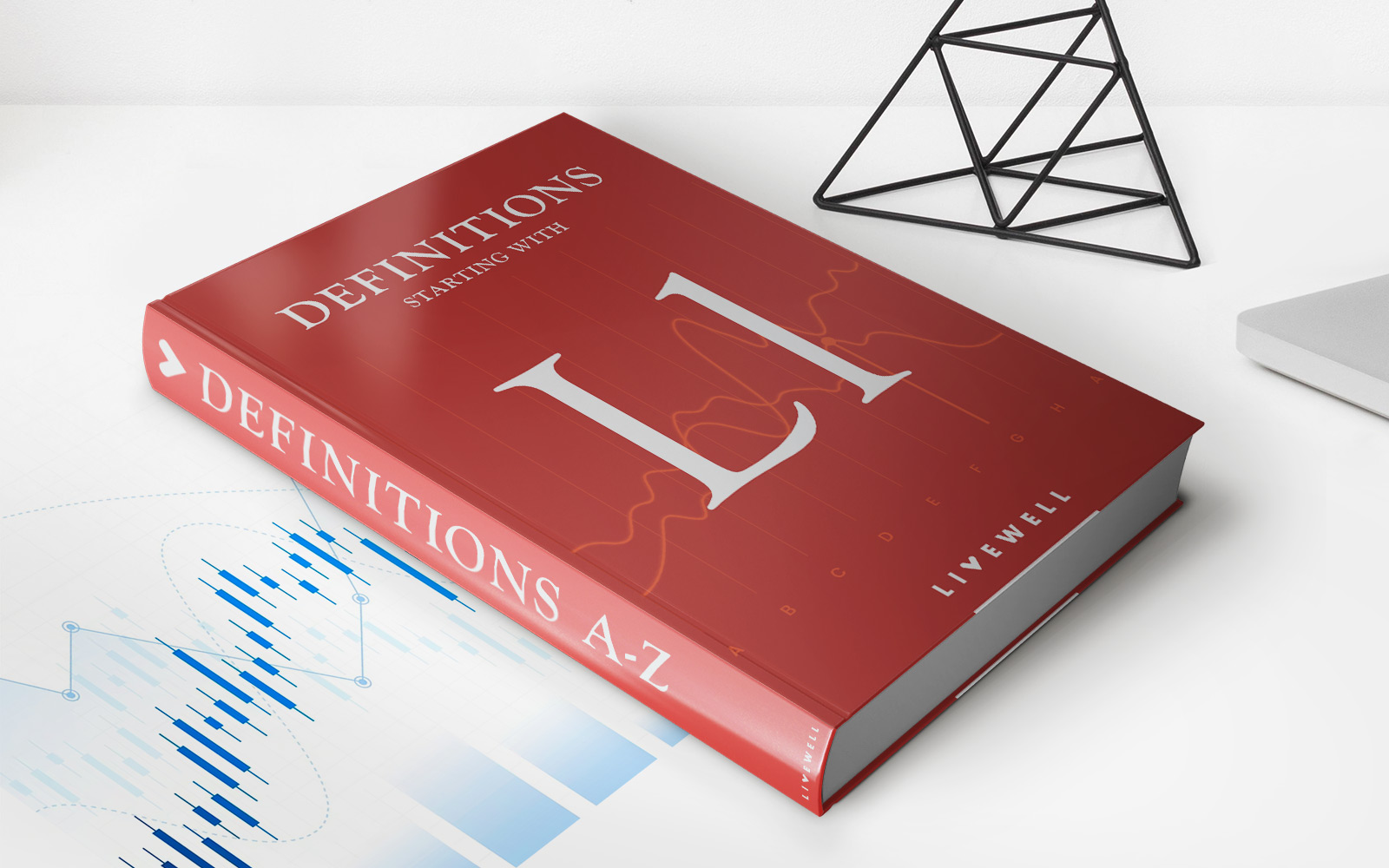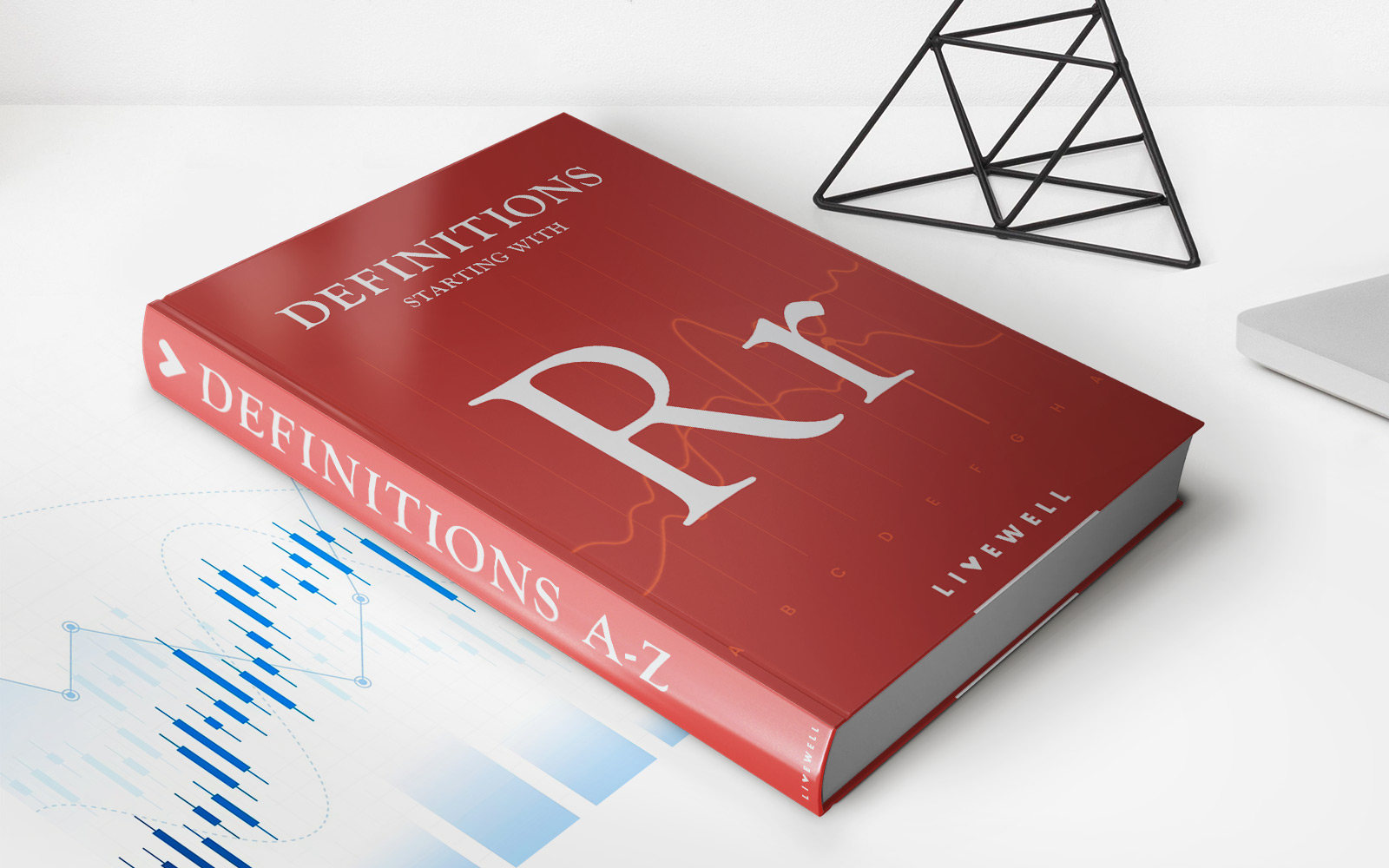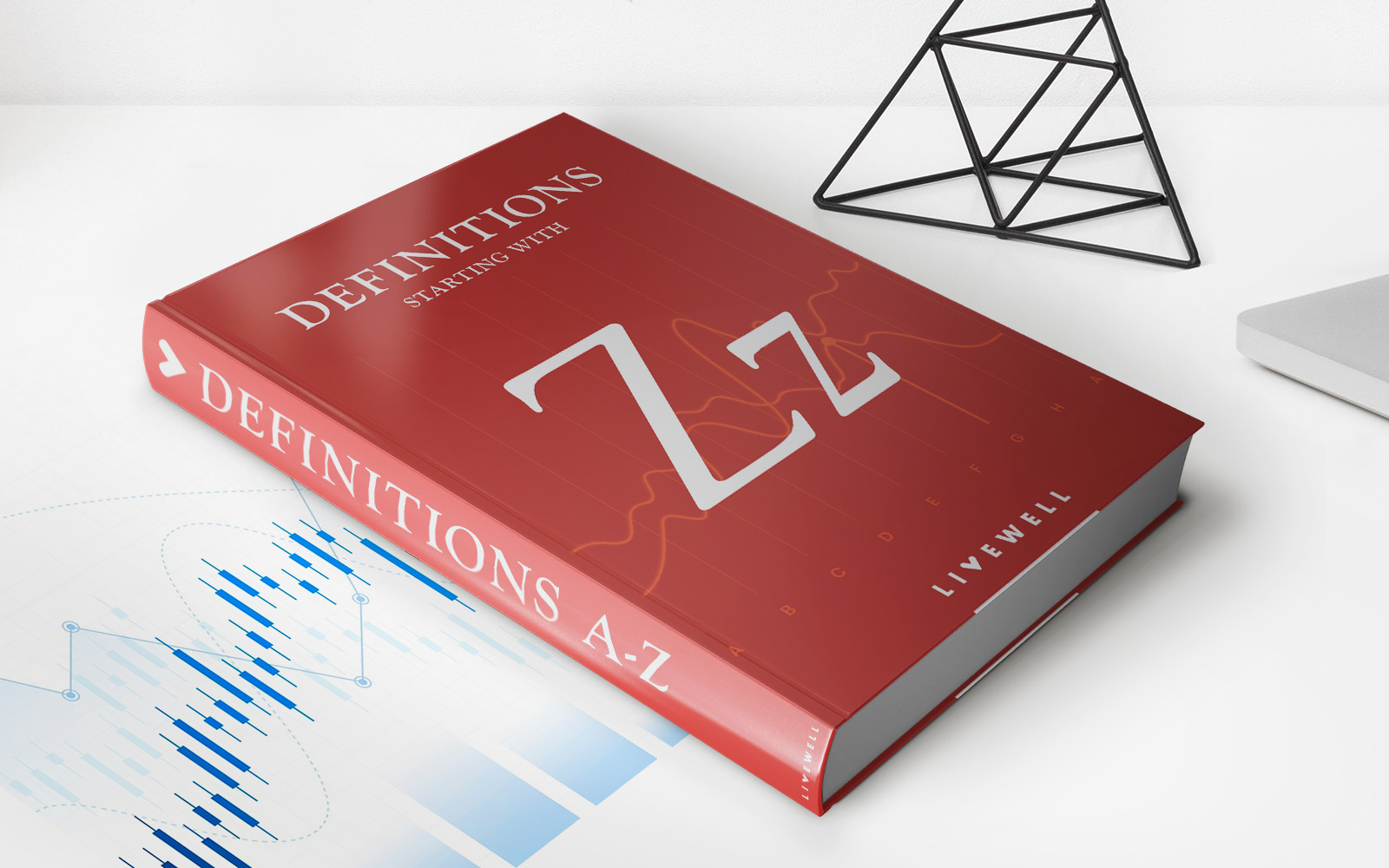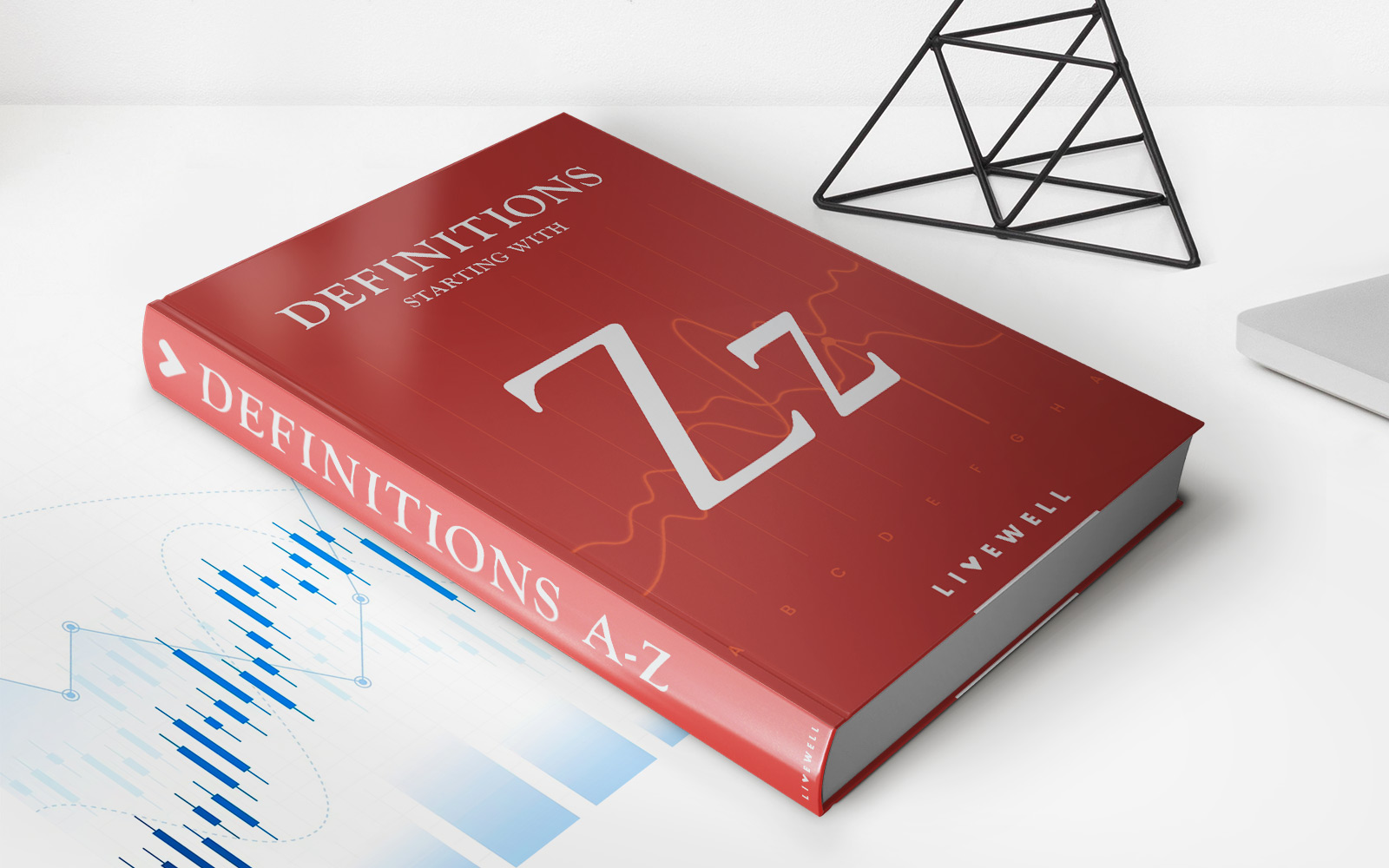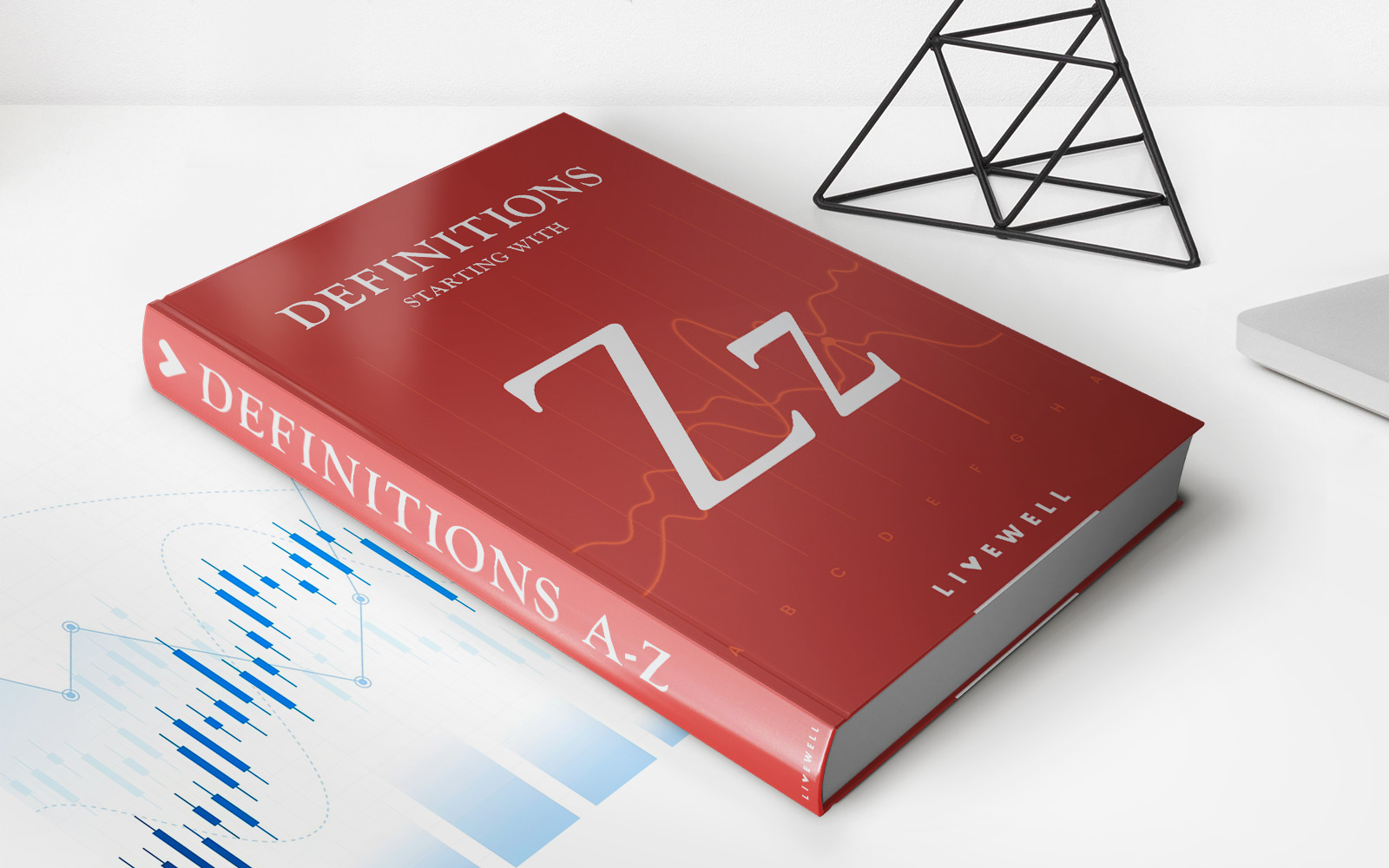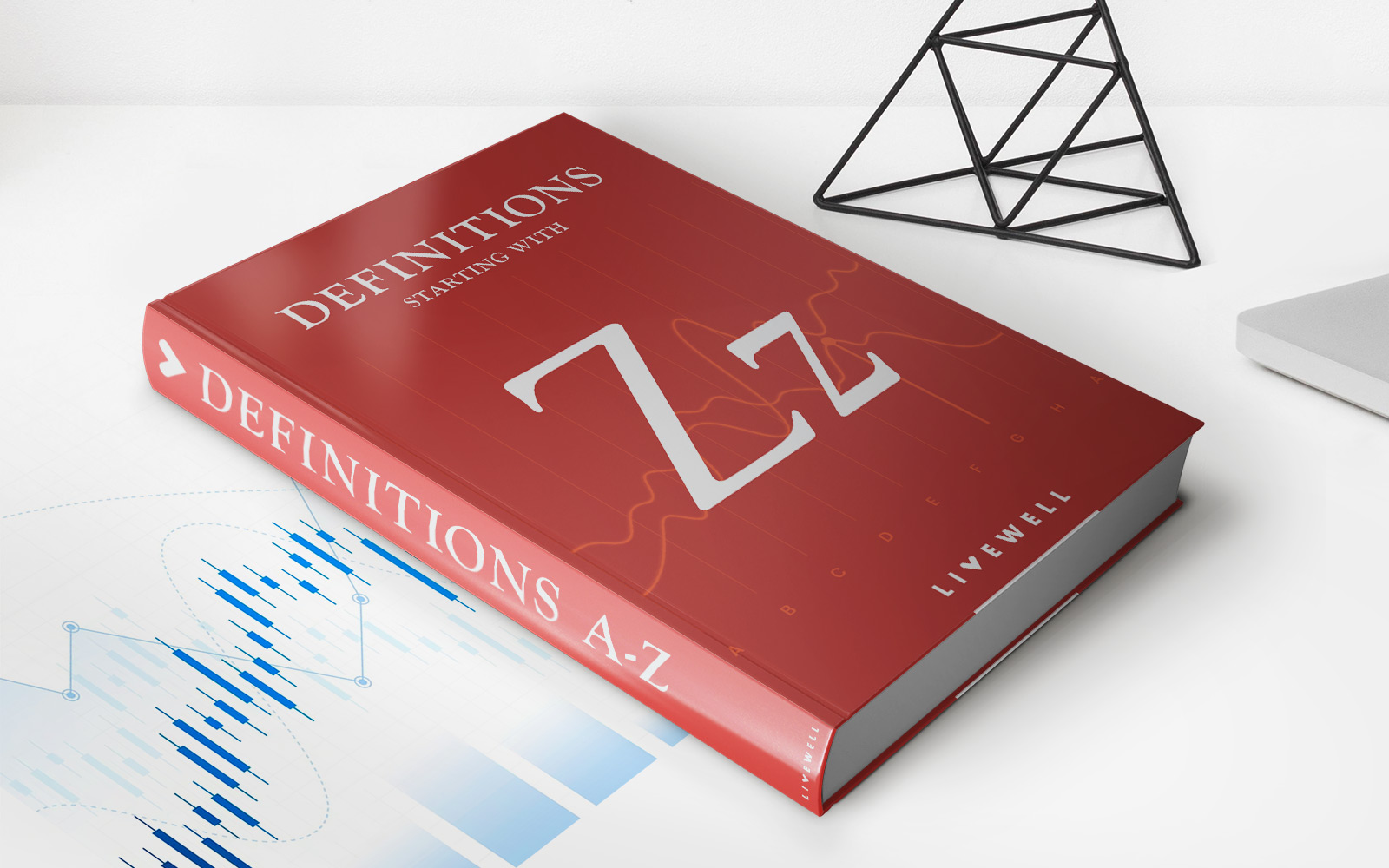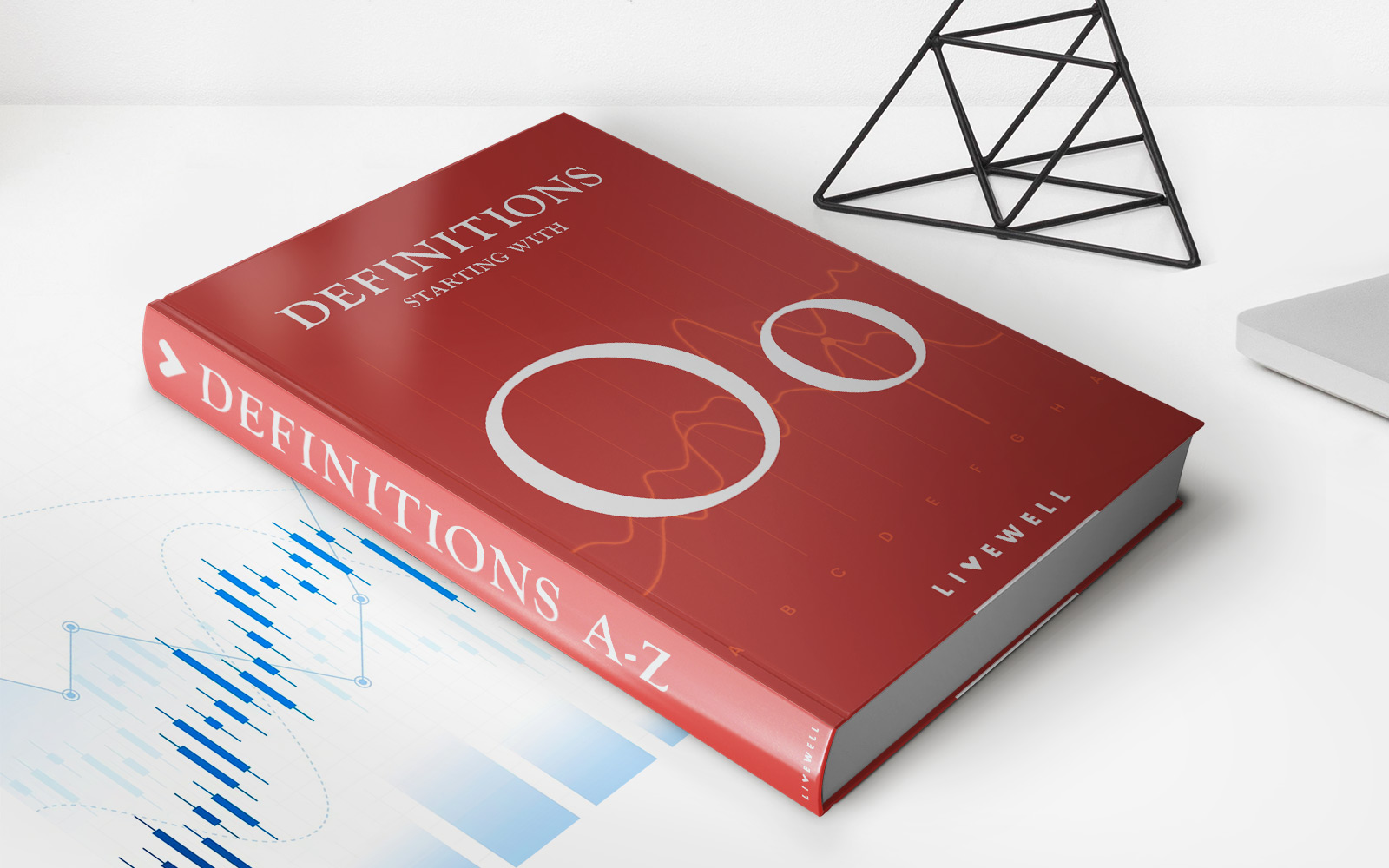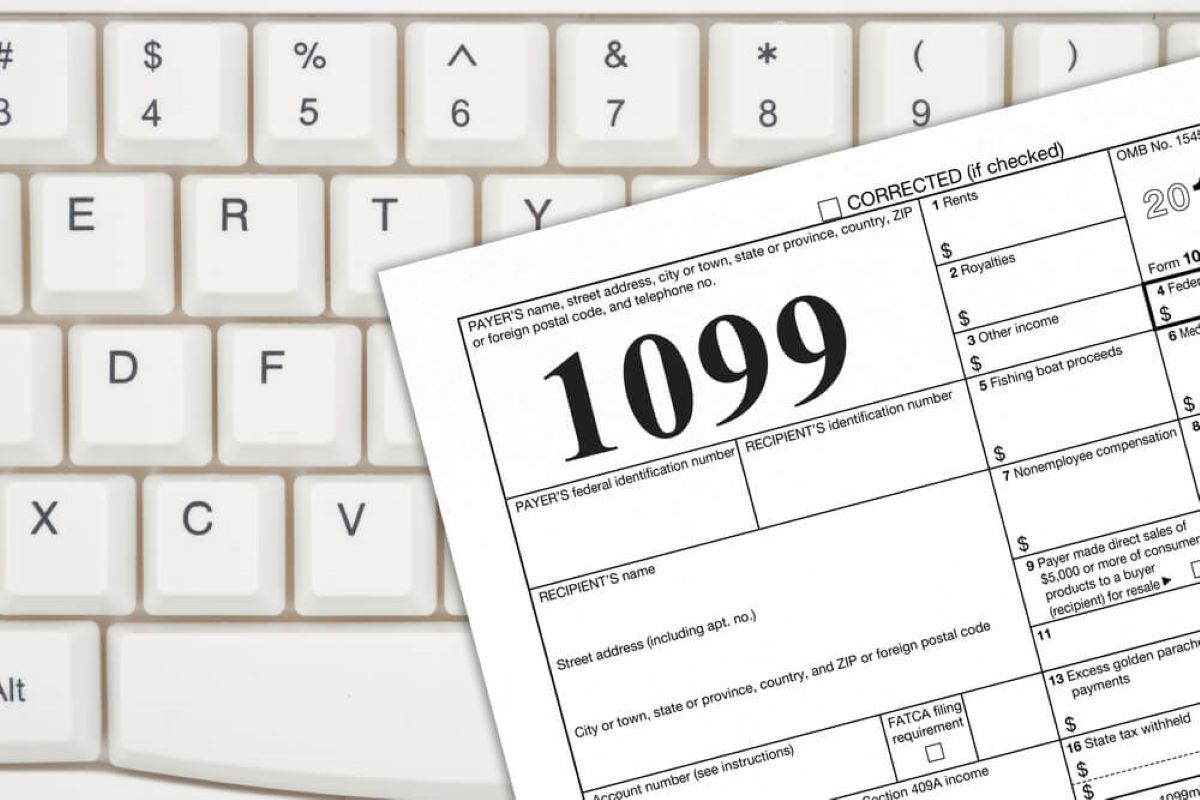Home>Finance>Zero-Bound: Definition, Purpose, How It Works, Example


Finance
Zero-Bound: Definition, Purpose, How It Works, Example
Published: February 20, 2024
Learn about zero-bound in finance: its definition, purpose, how it works, and get an example. Discover how this concept impacts financial decision-making.
(Many of the links in this article redirect to a specific reviewed product. Your purchase of these products through affiliate links helps to generate commission for LiveWell, at no extra cost. Learn more)
Zero-Bound: Definition, Purpose, How It Works, Example
Finance can sometimes feel like a complex and mysterious realm, filled with terms and concepts that can be difficult to grasp. One such concept that often perplexes people is the idea of the zero-bound. What exactly does it mean and how does it impact the financial world? In this blog post, we will delve into the definition, purpose, how it works, and provide a real-life example to help demystify this concept.
Key Takeaways:
- The zero-bound refers to a situation when interest rates are at or near zero percent.
- It is a monetary policy tool used by central banks to stimulate economic growth.
What is the Zero-Bound?
The zero-bound, also known as the zero lower bound or ZLB, refers to a situation when interest rates reach or approach zero percent. In such a scenario, central banks are unable to implement further rate cuts to stimulate economic growth. This can be a challenging situation for policymakers as traditional monetary policy tools lose effectiveness when rates are already low.
The Purpose of the Zero-Bound
The purpose of the zero-bound is to stimulate economic activity and overcome deflationary pressures. When interest rates are at or near zero percent, businesses and individuals are encouraged to borrow and invest, as the cost of borrowing becomes extremely low. This increased spending and investment can boost economic growth and help combat deflation, which is a sustained decrease in general price levels.
How Does the Zero-Bound Work?
When interest rates are near zero percent, central banks often resort to unconventional monetary policies to provide further stimulus. These policies include quantitative easing (QE) and forward guidance.
Quantitative easing: Central banks buy large quantities of government bonds or other assets to inject money into the economy. By increasing the money supply, the hope is that banks will lend more, and businesses and individuals will spend and invest.
Forward guidance: Central banks provide guidance to financial markets and the public regarding their future policy intentions. By signaling that interest rates will remain low for an extended period, they aim to influence borrowing and investment decisions to boost economic activity.
An Example of the Zero-Bound
A real-life example of the zero-bound occurred during the global financial crisis in the late 2000s. As the crisis unfolded, central banks around the world, such as the Federal Reserve and the European Central Bank, lowered interest rates to near-zero levels to stimulate economic growth and prevent a deep recession.
The Federal Reserve, for instance, implemented quantitative easing by purchasing government bonds and mortgage-backed securities to inject money into the economy. This helped lower long-term interest rates and encourage borrowing and investment. The European Central Bank also employed similar measures, aiming to provide relief to struggling economies during the crisis.
In Conclusion
The zero-bound, a situation where interest rates are at or near zero percent, is a monetary policy tool used by central banks to stimulate economic growth. By implementing unconventional measures like quantitative easing and forward guidance, central banks strive to encourage borrowing, investment, and combat deflationary pressures. Understanding the zero-bound can help individuals and businesses better navigate the financial landscape, especially during periods of economic uncertainty.
